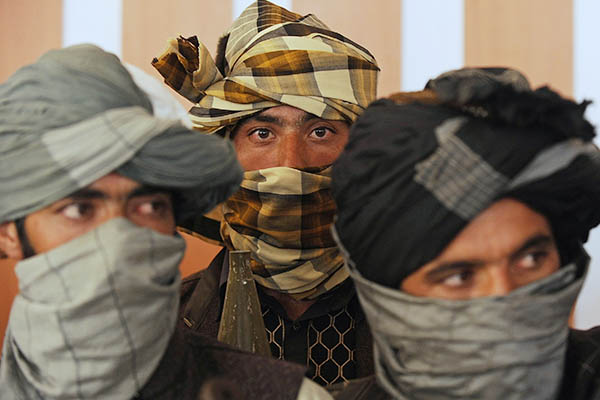
File photo. Aref Karimi—AFP
U.N. report says global terror network remains ‘resilient’ and poses greater threat than I.S. in some areas
Al Qaeda’s global network remains “remarkably resilient,” posing more of a threat in some regions than the Islamic State group, U.N. sanctions monitors said in a report seen by AFP on Wednesday.
The report sent to the Security Council said that Al Qaeda in the Arabian Peninsula (AQAP), based in Yemen, served as a communications hub for the U.N.-designated terror group as a whole. “Al Qaeda affiliates remain the dominant terror threat in some regions, such as Somalia and Yemen, a fact demonstrated by a continuous stream of attacks and foiled operations,” said the report.
In West Africa and South Asia, Al Qaeda-linked groups pose as serious a threat as I.S. affiliates who “currently remain unable to reach a dominant position,” it said.
U.N. member-states however see potential for linkups between Al Qaeda and I.S. groups to support each other, warning that in some regions this could be a new threat, the report said.
The Islamic State lost its self-declared caliphate in Syria and Iraq last year but Al Qaeda “remained remarkably resilient,” said the U.N. monitors.
In Syria, the Al-Nusrah Front “remains one of the strongest and largest Al Qaeda affiliates globally,” with its fighters “using threats, violence and material incentives” to absorb smaller armed groups.
Al-Nusrah commands between 7,000 and 11,000 fighters, including several thousand foreigners, and has its main power base in Syria’s Idlib province.
In Libya, I.S. remains intent on regaining a foothold following the loss of Sirte and has reinforced its presence with fighters returning from Iraq and Syria, the report said.
Fighters from Boko Haram, which has expanded its reach from northern Nigeria, are maintaining small cells in Libya who could then move on to other regional countries. “Member-states assessed that there is a potential for the transfer of leaders from ISIL in Libya to other conflict zones in West Africa and the Sahel region, including Mali,” said the report.
